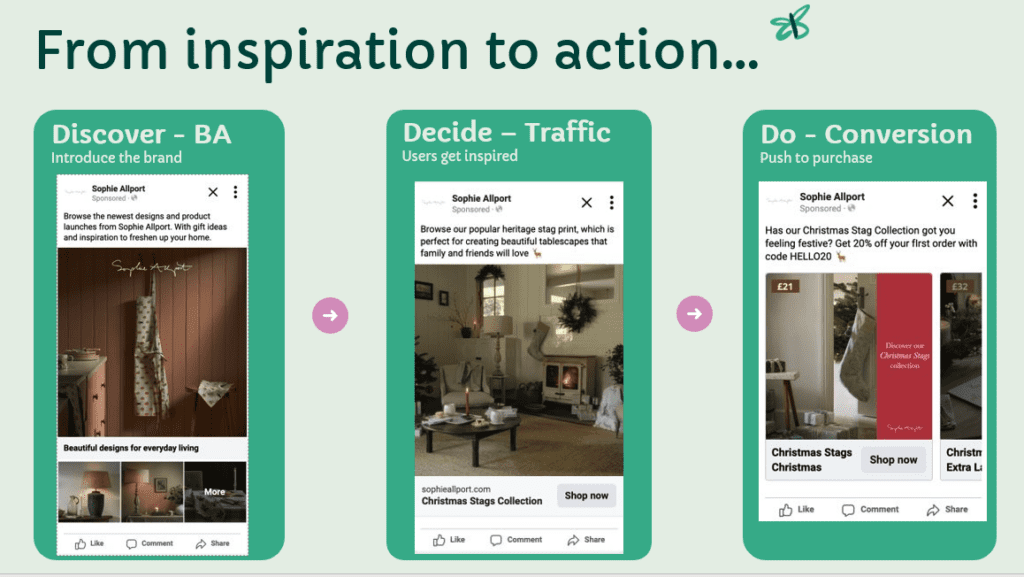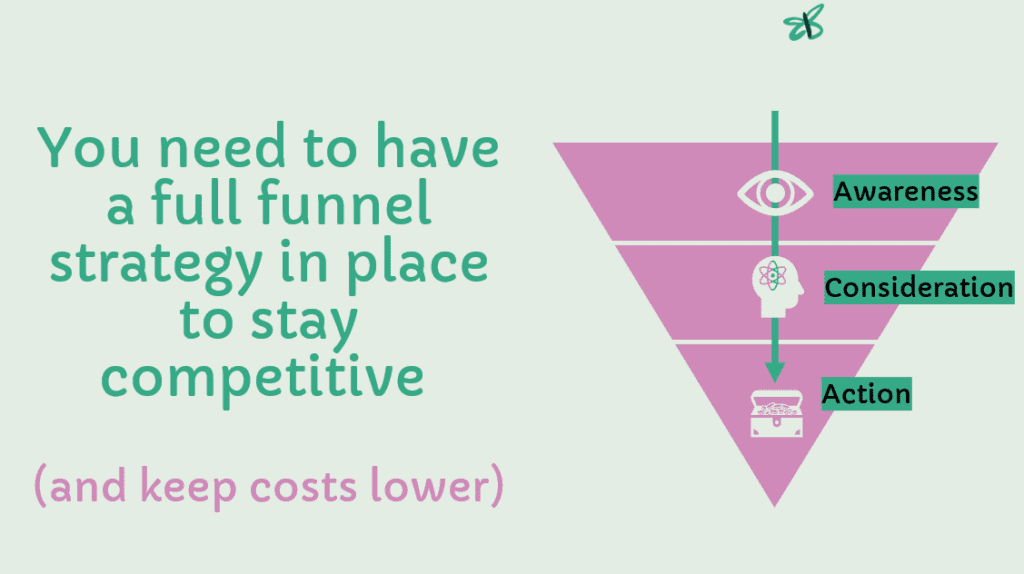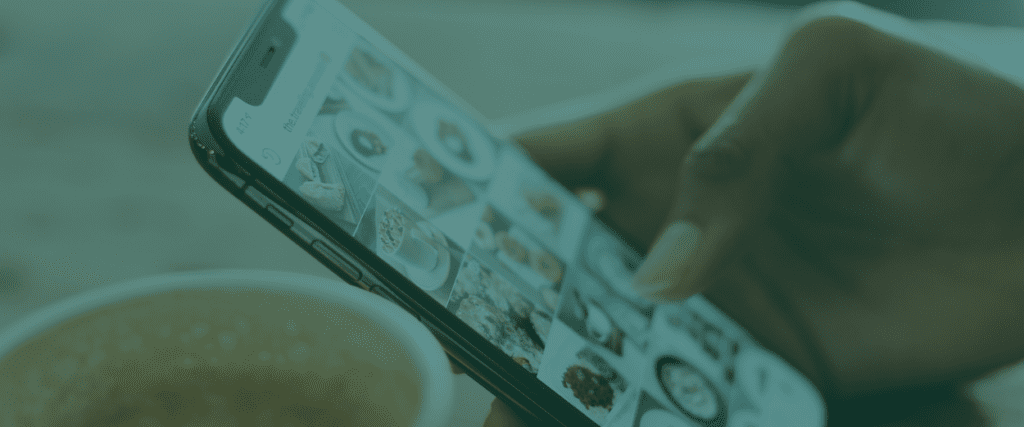By Alice-Rae Pringle
As we get busy strategising for 2024 social ads are likely to be top of mind. With 44% of UK consumers purchasing a product after seeing it on social media, it’s not a sales vehicle we’d be wise to ignore! But the realm of social media ads has many different spaces and some are more likely to deliver returns for your business than others. In this article we look closely at two widely used social media platforms – Facebook and Pinterest – and help you decide how much time and money to invest into advertising on each of them.
Social media advertising – the overview
Social media is one of the fastest growing sales outlets in the world today with social content revenue worth an estimated $6.2 trillion. By 2027 it is predicted there will be 6 billion social media users, and an incredible 95% of purchases will be through e-commerce by 2040.
You don’t want to miss out on the opportunity this presents, but how do you know which social media channel is best for your business?
Facebook vs. Pinterest Ads – Core Factors To Consider
Cost and ROI: Facebook vs Pinterest Ads
Facebook is the world’s most widely used social media platform, with more than 3 billion Facebook users (and numbers still on the rise). This can be a double edged sword – there’s a huge pool of potential customers but detailed research and targeting is needed to get your ads performing at the top of their game. It’s also an oversaturated market, meaning there’s a lot of competition. Creative (eg video, imagery) on Facebook is responsible for the largest contribution to sales from ads. Good creative also increases the total value of ads – so invest time in quality content and your returns will be higher.
The four P’s of Pinterest (as described by Pinterest), help to illustrate cost and ROI on this platform:
- Personal discovery: Scroll speed is 3x slower on Pinterest than Meta, suggesting users are engaging with what they see rather than mindlessly scrolling.
- Positivity pays off: Users are more likely to be in a positive mindset when on Pinterest as it doesn’t have the same potential for social pressure and comparison as other social media platforms.
- Planning Mindset: Users tend to visit Pinterest with a curious mindset, they are trying to curate and discover new content to chime with an idea or project.
- Primed for purchase: Shopping is the primary reason people come to Pinterest and users spend more than 40% than shoppers on other platforms. They tend to be in a higher income bracket and buy more, with their baskets being 30% larger at checkout compared to Meta. 97% of top searches on Pinterest are unbranded and it drives 10% higher branded searches off the platform. Engagement with shoppable content is increasing by 50% year on year, and accelerating!
How to run effective ad campaigns: Facebook vs Pinterest
With those feeds being scrolled at a breakneck pace, your ad needs to nail the creative to get noticed. Once you’ve mastered getting your Facebook ad to stand out visually, you’ve got more text to play with than you might in a Pinterest ad.
You also have access to a number of targeting options for Facebook ads, including location, behaviours and interests. This can really help you to get your ad in front of those people who will be interested in what you have to offer.
In the examples below, we were able to retarget the Facebook ads to the same people to encourage them down a funnel to purchase. The additional space for copy means that we were able to highlight discount codes, and this campaign type makes it easy to display a variety of products with clearly labelled prices.


As we explored above, Pinterest users are in a curious mindset, actively seeking recommendations. As they have come to the platform to shop (as long as you target correctly) your Pinterest ad is potentially less intrusive than if they were on a platform where they are looking for peer generated content. The way ads appear in the feed is also more seamless, slotting in with user generated content.
In terms of audience, Pinterest is a very inclusive platform. Currently the main demographic is female although this is shifting over time.
One advantage when working with Pinterest ads is that keyword targeting allows you to target people based on what they’re searching for. However, you will need to carefully craft your creative strategy to capture attention as feeds are driven by eye-catching imagery making it harder to stand out.
Top Tip: If you’re looking for a way to get great creatives quickly for your Pins, give Adobe’s new Pin Creation tool a try. It allows you to create custom and animated pins for your Pinterest boards with Adobe Express. It’s free to use (no credit card required), and you can customise your pins with free filters, fonts, and more.



Pros and Cons: Facebook vs Pinterest Ads
If your social strategy calls for a focus on a particular platform, how do you decide whether Facebook or Pinterest ads will work better for your business?
The pros of Facebook ads
- Unmatched customer reach – it is still the most widely used social media platform
- Advanced targeting – the range of ways you can refine your audience is really astounding
- Comprehensive ads manager – this gives you a lot of space to garner insights and test different approaches
The cons of Facebook ads
- Rigorous ad approval
- High competition
- Pay to play
The pros of Pinterest ads:
- Longevity of ads. An ad can be discovered long after the campaign has finished
- Easy traffic drive
- High conversion rate
- Keyword targeting
The cons of Pinterest ads:
- Smaller audience size
- Heavily female demographic at present
In summary – are Facebook ads or Pinterest ads ?
The first thing to say is they don’t need to be mutually exclusive! But there are definitely pros and cons to both.
With more than 3 billion Facebook users (and numbers still on the rise) your target customers are likely to be there, but your competitors will be too. Your creative will need to be stand out and you may find those you do attract are less likely to convert than they would be on Pinterest.
Pinterest may not have the same number or diverse range of users, but those who are there are not just there to mindlessly scroll. They are looking for ideas and inspiration and will actually find it helpful to be directed to your solution. If they do click through, they are more likely to convert and spend more.
In the end, as always, it comes down to your product and target audience. Good luck! You might find Pinterest’s talk from our Peak Performance event interesting if you’d like to know more about this topic.
Launch’s team of paid social experts are on hand to help answer any questions. Contact us if we can help!



